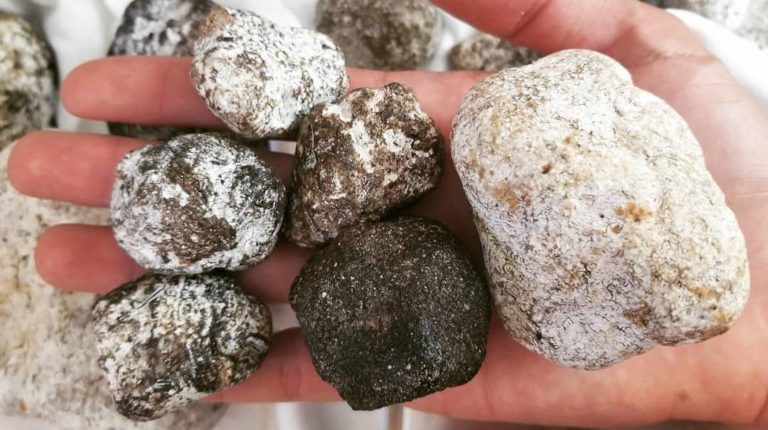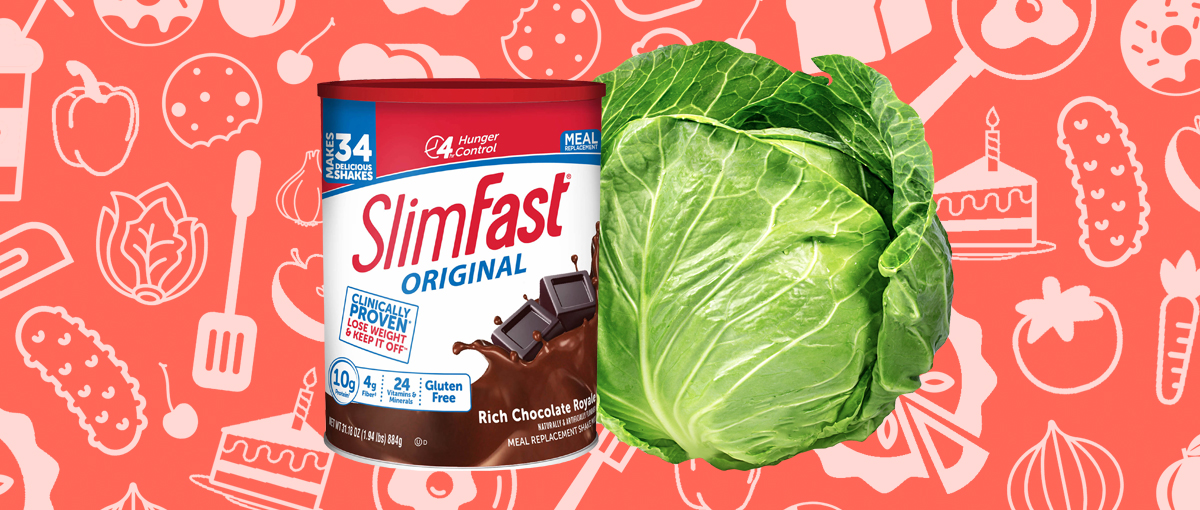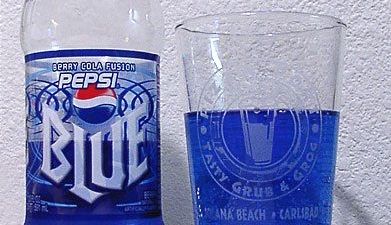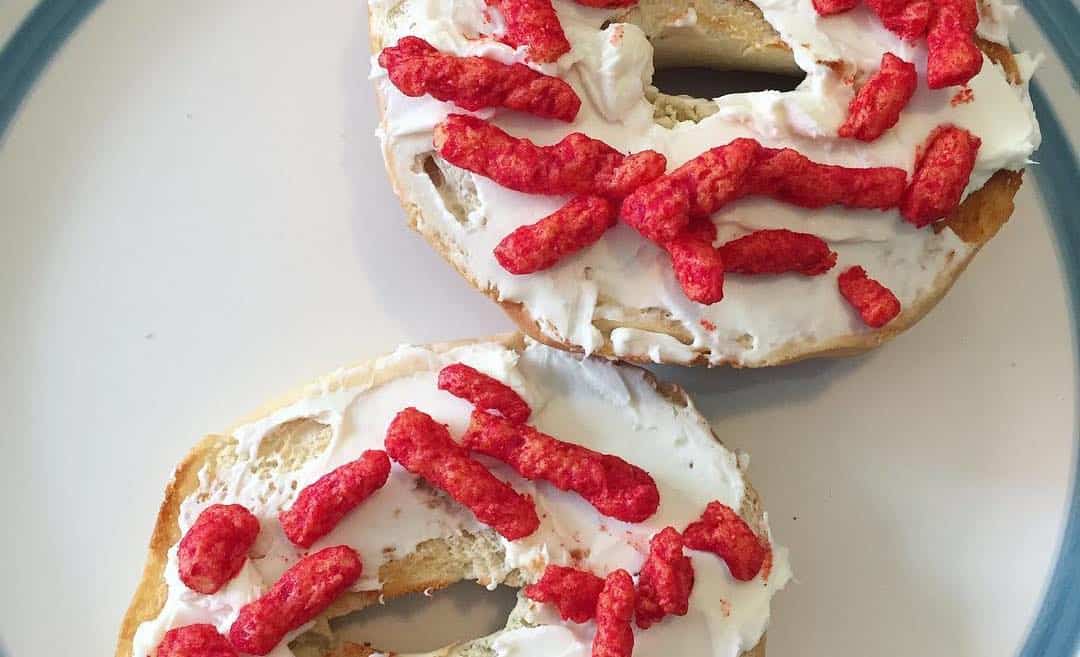European countries were racing each other to the New World in the middle of the 16th century. Spain, England, and France all attempted to establish settlements in the Americas during the mid- to late-1500s, but to no avail. Finally, some settlements began to stick in the 17th century, and colonists made new lives for themselves in North America with the hope of opportunity and expansion in their hearts.
Learning to farm, hunt, and cook within their new environment was vital. And as they learned how to cope with the strangeness of their new home, the colonists created some interesting dishes that we’re glad we’ve never had to taste.
Though, some of them surprisingly include foods we know and love today.
From the basics to the bizarre, we’ll let you in on some of the interesting foods the colonists ate before the United States of America became the country we know today. Although many different European cultures settled along the East Coast throughout the 17th and 18th century, we’ll be honing in on the foods eaten within the English colonies, which was spearheaded by Jamestown in Virginia. The latter was officially settled in 1607.
Some of the colonial foods are ones we still eat today.
However, others are entirely foreign to us, and we’re honestly thankful that we left them in the past.
1. Corn, Corn, and More Corn
The native populations of the Americas began farming corn — originally called maize — in about 7,000 BC.
It was more than just a sustaining crop.
In fact, maize harvests did not require a lot of labor and could grow easily in both poor and rich soils.
When the English settlers arrived, they dubbed maize “corn,” an umbrella term for a region’s local grain.
The colonists were taught how to grow it by the Native American tribes in the region.
2. Pepper Cake
Martha Washington made the Pepper Cake famous back in the mid-1700s.
The colonies had recently been introduced to the pepper spice via trade with India.
And to show off one’s status and wealth, using heaps of pepper in a single cake would be the ideal.
So, Washington crafted this cake recipe based on one from the early 18th-century cookbook, A Booke of Cookery.
Pepper, molasses, and candied fruit came together in this sweet/savory cake that would reportedly stay fresh for “a Quarter or Halfe a Year.” Um… we’re not so sure about that, but okay.
3. Game
Venison, duck, rabbit, turkey, and goose were all delectable meats found in the forests around the colonies.
In fact, settlers who ate this game frequently considered themselves extremely lucky.
Those who moved west after the founding of the initial colonies hunted American bison.
They were found as far east as the Appalachian Mountains before Europeans encroached on their territory.
Meats could be salted and cured to carry the colonists through the winter months.
4. Beaver
Yes, beaver could be considered game meat and was a part of a colonial diet.
Originally, that was the animal’s only purpose to settlers.
However, when the fur trade began in the later part of the 17th century, beaver became a hot commodity.
Specifically, beaver tail.
Colonists loved the fatty texture and gamey flavor of the tail, and it was usually roasted over an open fire.
5. Pumpkins and Squash
The Native Americans introduced a variety of different squashes and pumpkins to the English settlers upon their arrival.
Corn, beans, and squash are referred to as the Three Sisters in many native cultures.
Because they are the staples that kept many tribes’ populations afloat. When the English arrived, they brought sugar and spices to the equation, thus creating American favorites like pumpkin pie.
6. Oats, Barley, and Rice
Similar to corn, oat, barley, and rice crops were essential to both early settlers and Native American survival.
In fact, sustaining life may have been impossible without these particular crops.
The grains played an important role in daily survival. And they actually served as a sort of equalizer between the two warring factions. Both colonists and Native Americans had to eat.
Colonists also made bread as often as they could, eating it for both breakfast and dinner.
They also used these grains, along with corn, to make puddings and gruel, which was another tasteless-yet-filling dish that helped farmers get on with their work day.
Bread could also hint at a colonist’s social standing.
Consequently, families with less money to spare could hardly spend money on filtering and refining their grains. They ate the most basic of loaves. Oftentimes, a working-class family had course grains. Their rye and wheat options would go down fairly roughly.
Colonists with slightly more lucrative resources treated themselves to better bread.
While hardly any of the first American settlers were extremely well off, a few could afford a bit of luxury. And to be most cost-effective, they ate their luxury. How? Their loaves tended to be more refined, white bread.
Regardless of its quality, the colonists’ bread was topped in the same ways.
Indeed, it wasn’t flavorless. For morning meals, butter and cheese might be spread or sliced onto a loaf. Later in the day, for heavier dishes, bread slices helped scoop up thick stews.
7. “Ambergris”
Ambergris is actually just a fancy name for whale vomit.
Yup, that’s right.
Colonists in the 18th century were mad about the stuff once the whaling industry in New England started booming.
Many colonists actually worked ambergris into chocolate, which must have given the dessert a musky odor.
In fact, ambergris is still used in some perfumes and food items, so read labels carefully next time you buy.
8. Livestock
Once colonists got their footing in the Americas, they began importing livestock from England.
Hardly any animal was too big.
Cows, pigs, poultry, and horses all arrived on ships to the colonies. The settlers used the beasts for farming purposes and for food.
Dairy and eggs were introduced to the traditional foods of the Native Americans.
And milk and cheese were served daily with breakfast and dinner.
9. Tea
The colonists imported their tea through Britain until 1773, which is when they dumped 342 chests of tea into Boston Harbor.
Who doesn’t remember that historical moment?
They were upset over the Stamp Act, the Townshend Acts, and the Tea Tax — each of which exorbitantly taxed essential items like paint, paper, glass, lead, and tea.
That wasn’t all, though.
The colonists also felt spurred to rebellion because they didn’t have representation within Parliament. This discontent stoked the want and need for independence.
10. Eel
New England colonists were just as crazy about eel as they were about ambergris.
And they spared no effort to catch their meal.
In fact, colonists would set lobster traps to snag eels (lobster was nowhere near as popular as it is now), and housewives would bake the eels into savory eel pies.
Eels are now technically endangered.
Although they’re often still used for sushi, the popularity of the sea creature has declined in recent decades.
11. Fish and Shellfish
Having settled along the Atlantic coastline, colonists were able to rely on fish caught from the saltwater bays.
The rivers also provided ample sustenance.
Bass, flounder, cod, fluke, and mackerel are all native species to the Atlantic, and are just as popular of catches now as they were back in the colonial era.
Those same bays were also home to an abundance of clams, oysters, muscles, and scallops.
Shrimp, lobster, and crab were also eaten — however, as mentioned, lobster was not popular at the time.
12. Weird Ice Cream
First lady Dolly Madison reportedly loved her ice cream, a new treat that came about in the mid-18th century with the introduction of ice houses.
And she loved when it tasted like oysters.
Madison reportedly dug her own “small, sweet” oysters out of the Potomac River to mix into her after-dinner snack.
Weird, Dolly. Really weird.
Other colonist chefs mixed up parmesan ice cream, asparagus ice cream, and chestnut cream.
13. Perry
Perry is an alcoholic pear cider that was popular amongst colonists before beer rose to fame.
Why did they love it?
The cider drink was both easy and convenient to make since plenty of pears were readily available to use for it.
Many favored perry over apple cider due to its sweetness.
However, according to Smithsonian Mag, perry decreased in popularity after German immigrants brought over lagers in the 19th century.
14. Turtles
Even before the English settled the New World, they enjoyed turtle meat — mostly in soup.
They may have thought they’d be forced to give up the delicacy, though.
Consequently, when the colonists found that turtles roamed the Americas, they were excited to continue the turtle soup tradition.
In fact, up until the 1800s, turtle roasts were still a popular high-society event in New York.
And some restaurants in New Orleans still serve turtle soup. But because so many turtle species have become endangered, eating turtle has become less common (and that’s probably for the best).
15. Wild Berries
Wild blueberries, strawberries, huckleberries, and blackberries grew all over North America.
And people didn’t just relish them for their health benefits.
Indeed, berries were the sweet staples of the colonist diet.
Found in abundance within the forests, these fruits doubled as spring and summertime treats that could be dried and savored throughout the winter.
This isn’t much different from how we eat our berries today.
16. “Clabber”
Scottish and Irish settlers brought their recipe for Clabber with them to the Appalachian region in the 18th century.
What exactly is this dish, though?
Clabber, although it may sound disgusting, is actually just a form of yogurt.
It’s soured, curdled milk that was usually eaten with spices like cinnamon, nutmeg, or pepper.
Doesn’t sound that bad — except for the “curdled” part.
17. Sassafras
Colonists in Virginia relied on farming and exporting.
Products like tobacco and sassafras helped to secure their livelihood. Sassafras, a fresh, leafy plant, which was used by Native Americans for healing purposes, was often utilized by the English as a treatment for syphilis.
Nowadays, it’s often prepared in Creole dishes like gumbo.
And the colonists didn’t eat these foods at the standard times.

Yes, they typically ate three times a day.
But those meals respectively occurred at around 6 a.m., 12 p.m., and 6 p.m. Plus, colonists referred to the two later meals as dinner and supper.
Lunch was hardly a thing at all.
To make things even more interesting, forks and spoons rarely made appearances at the table. Most people ate from coarse bowls and used knives to scoop up their food.
And eating wasn’t necessarily about enjoyment.

In fact, it was about the opposite. The colonists ate food mostly for sustenance and survival. Gluttony was certainly discouraged. And most people ate their food boiled.
For the most part, colonists ate simply and learned how to use the native plants, herbs, and wildlife to their benefit.
And they became more creative with the ingredients the earth gave them as the era went on. Let’s be lucky that corn, wheat, and berries stuck around… and that beaver tail and turtle soup are history.








